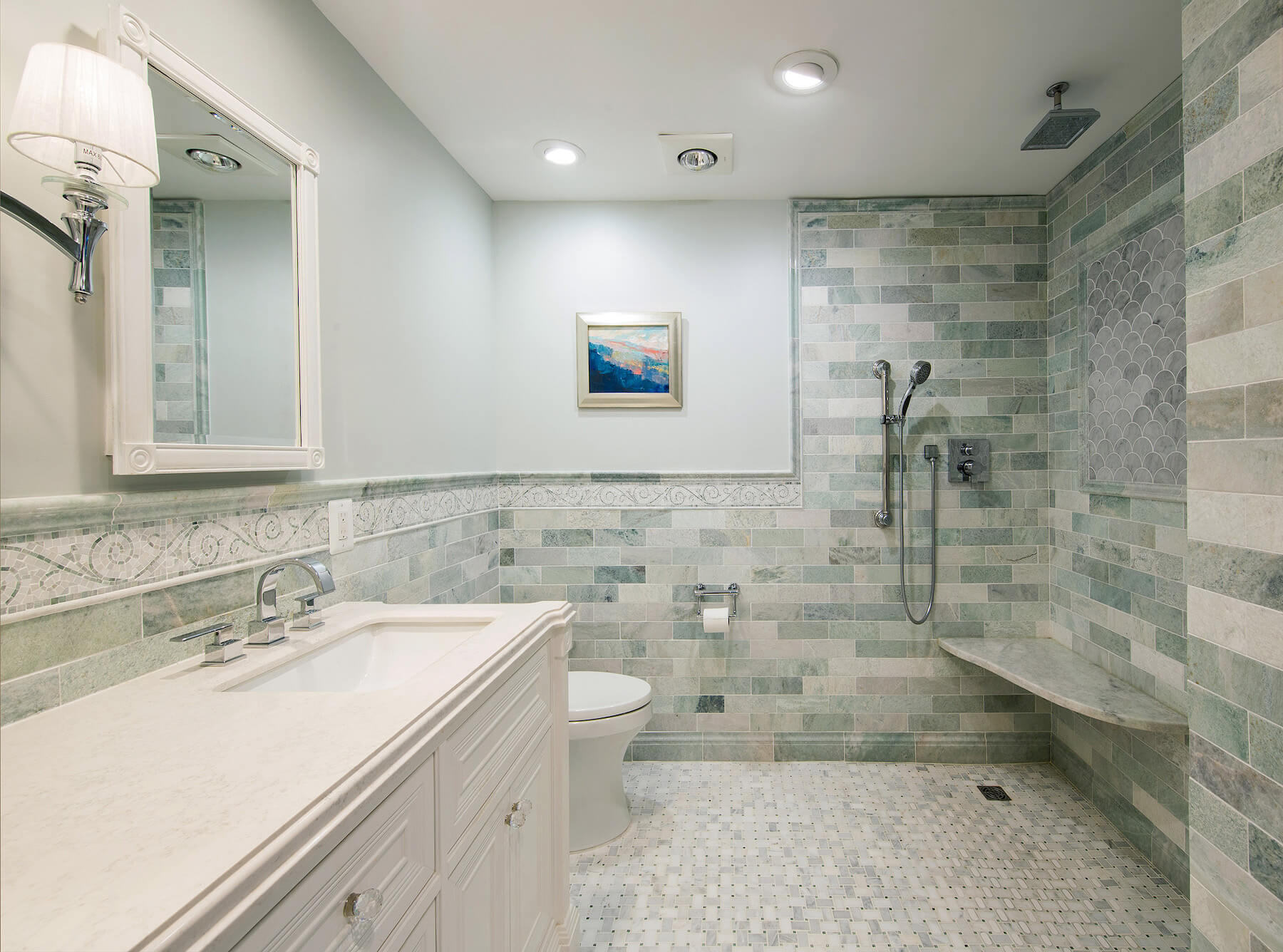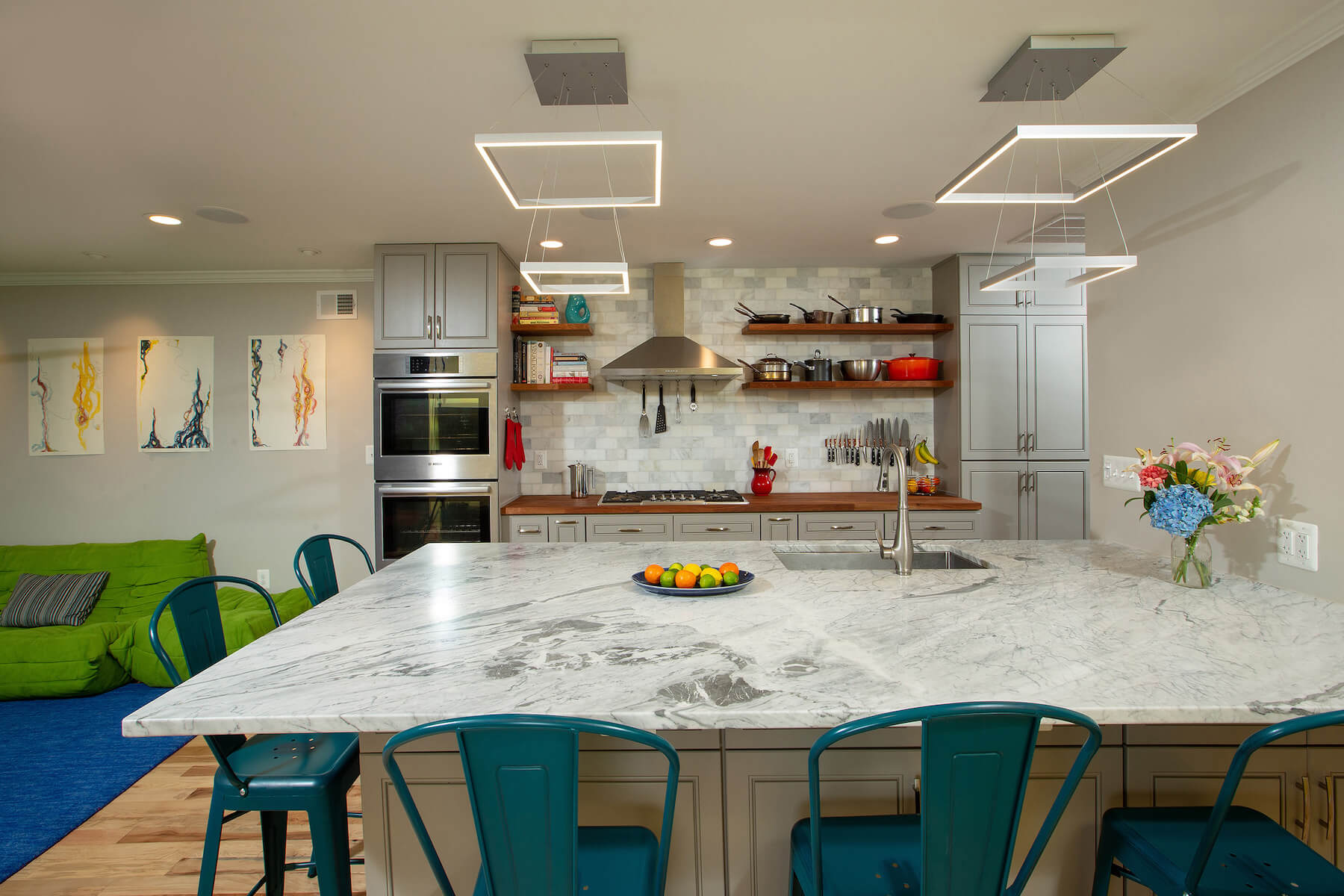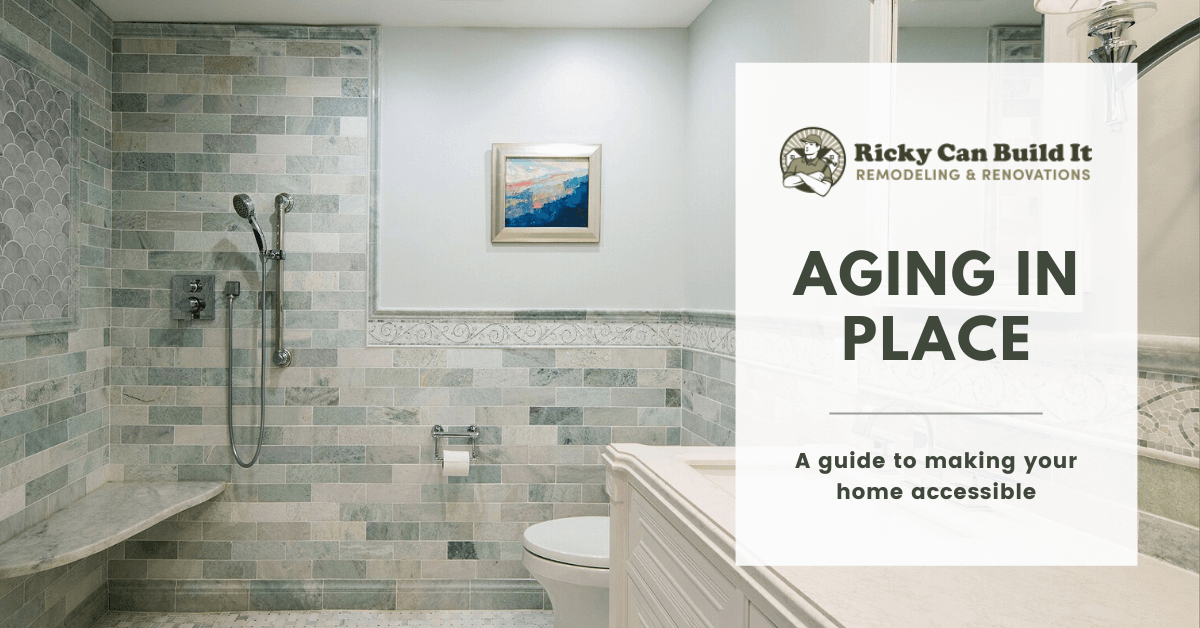- test :
A home means a lot to those who live in it. The memories and time spent there are irreplaceable. When you begin to age and start needing special care, many families are faced with the decision of what to do next. There are numerous assisted living facilities, but what if you don’t want to leave your home? More than 20% of people aged 65-74 have paid off their houses, and assisted living can be overwhelmingly expensive. So, how can you stay in your home but have peace of mind for you and your family?
There are many changes you can make to your home to accommodate whatever needs you or a loved one may have. Two of the most common areas of your home that may require changes are the kitchen and bathroom. Being able to move through your home safely is important, so consult with a physician on what modifications need to be made.
Bathroom
The essential aspects of your bathroom are the toilet, shower, and bath. Seniors can struggle with getting up and down from these areas or can be at risk for slipping. There are several adjustments to cut down the chances of injury to you or a loved one.
In the bathtub or shower, having somewhere to sit and a way to easily get in and out is crucial. Proactive measurements include installing metal bars, stools, or benches. If transferring from one position to another is an issue, there are curbless showers that make rolling a walker or wheelchair possible.

In the case of toilets, a simple add-on is an easy fix without replacing the whole unit. This is perfect for homes where not everyone living there requires assistance. There are other options though, such as installing taller toilets and metal bars or railings.
Flooring is also an essential aspect of renovating your home to best suit your needs, and not just in your bathroom. Avoid using mats or rugs, especially in small spaces. Laminate or textured floors are ideal for preventing slipping or tripping, especially if the surface is wet.
Kitchen
The kitchen area will have a lot of similar suggestions, such as choosing the correct flooring and making sure that light fixtures and switches are at the proper height. It is also helpful to install metal handles around the counters for safety.
Another thing to keep in mind is the position of your sink, oven, and refrigerator, also known as the “work triangle.” Keeping those three things close together cuts down on excessive movement and decreases your risk of injury. Other appliance locations can also be helpful, such as staked or wall-mounted ovens and side-by-side refrigerator and freezer units.

In both areas, kitchen and bathroom alike, storage and shelving need to be adjusted. Not having to reach or lean too far helps reduce the risk of injury. Selecting a height and style that best fits your situation will be something to discuss with your contractor. If you use a wheelchair or walker, you will need to pick something easily accessible without sacrificing storage space. Some examples might include pull-down or pull-out shelves, and lower cabinets with easy to grab handles.
If you are living alone, it’s beneficial to install an emergency system or grab bars. These can be places around countertops and in places that may be more hazardous in the event of an accident—such as the bathroom and stairs.
Why Ricky?
Deciding what’s right for you or a loved one will take lots of discussion between you, your doctor, and the contractor you choose to make these changes. Keep in mind the changes you may need now as well as any changes that you may need down the road.
Ricky Can Build It is a group of professionals who specialize in many types of home renovations, including “aging in place” or making homes ADA compliant. Together, they will help guide you through what needs you have and how to accommodate them within your home. You deserve to feel safe and functional in the house that you love, and for your loved ones to have peace of mind.

